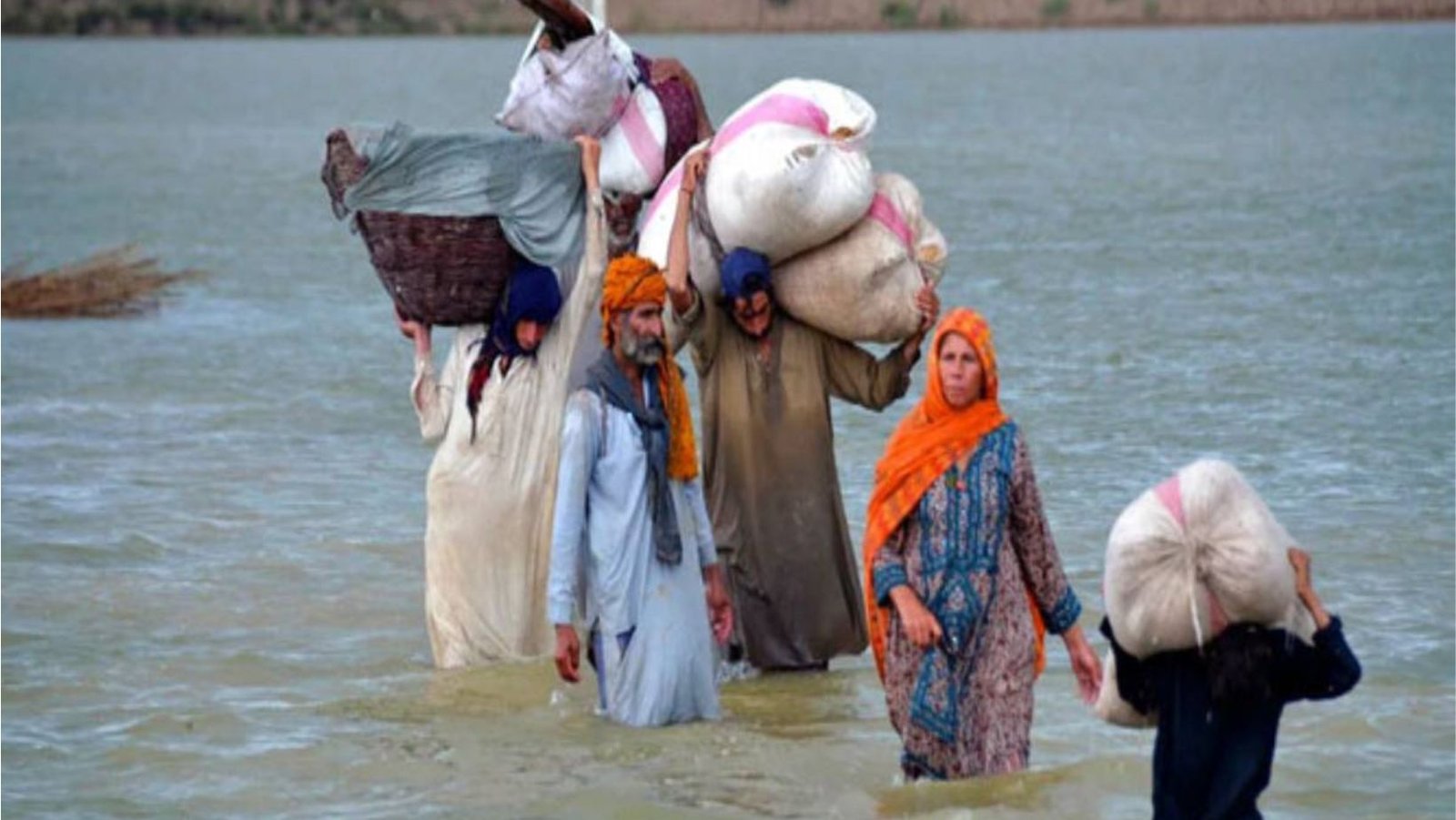Disease epidemics plague those who have been affected by the flooding in Southern Punjab


Lahore: Due to poor sanitation and stagnant water, infectious diseases have begun to affect flood victims in Punjab, after Sindh and Balochistan.
According to information issued by Punjab"s health department regarding disease outbreaks across the state, Southern Punjab has the highest number of cases.
Statistics show that in the southern portion of the province, more than 140,000 flood victims have contracted a variety of illnesses, of which 37,000 have respiratory infections.
According to Punjab"s health department, over 33,000 people are affected by rashes and itching, and over 17,000 people continue to have stomach illnesses and diarrhoea.
WHO is concerned about flood victims
According to the World Health Organization (WHO), the current flood scenario would most certainly lead to an increase in disease transmission, particularly if and when response capabilities are hampered. Pakistan is still fighting devastating floods with tenacity.
The WHO said in its most recent situation report on floods in Pakistan that the country"s strong monsoon rains, which began in mid-July 2022, are still affecting 116 districts (or 75%) out of 154 districts nationwide. Sindh is the province most impacted, followed by Balochistan.
According to the WHO study, more than 33 million people had been impacted as of August 25, 2022, and 6.4 million people, including 421,000 refugees, were in urgent need of humanitarian aid. There have been over 1,100 fatalities and about 15,000 injuries.
The WHO study concentrated on the "severe" impact on healthcare facilities, noting that as of August 28, 2022, 888 healthcare facilities nationwide had suffered damage, of which 180 have sustained total devastation. The research stated that the key health concerns at this time are access to healthcare facilities, healthcare professionals, and necessary medications and medical supplies.
The WHO noted that before the current floods, there was a large imbalance in access to health care between rural and urban communities. These dangers to public health include COVID 19, as well as epidemics of cholera, typhoid, measles, leishmaniasis, and HIV.